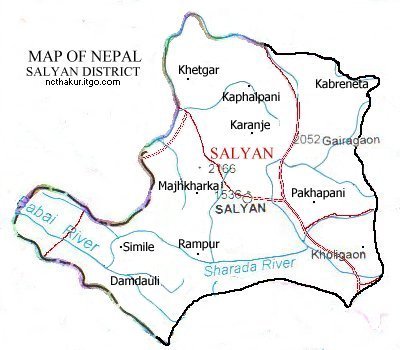Water Portal / Rainwater Harvesting / Salyan and Dailekh, Nepal
< Water Portal | Rainwater Harvesting
The water supply plan
Helvetas SI Nepal has developed and implemented a plan to address water management issues in a participatory and integrated manner. The Water Use Master Plan (WUMP) is a tool that puts the local community at the centre of decisions and that looks at water resources, water demands and potential uses in a broad and integrating way, including a prioritized list of water-related infrastructure plans. The tool has proved to be successful and is being replicated by a number of organisations in Nepal and has the interest of the government as well (DoLIDAR).
Although the experiences so far have been very positive, some challenges have been identified: WUMP should address water productivity in agriculture more prominently and should pay more attention to climate change effects. Through its collaboration with RAIN, Helvetas SI Nepal is putting rainwater harvesting more to the forefront, and incorporating a catchment perspective with a 3R approach into the current WUMP module.
Cultural and socioeconomic conditions
The 3R WUMP module will be piloted and tested in the field in two regions: Dailekh and Salyan, Midwestern Development Region of Nepal.
The project area in Salyan lies in the upper hills. Problems specific to these areas regarding water are the absence of pipe-line water supply, drying up of existing streams and springs, no potentials of bore well, and thereby high dependence on rainwater for drinking as well as agriculture. Dependence on in situ rain for agriculture limits the production of different agricultural products that require less water in the drier seasons and thus increases food insecurity. The degree of vulnerability is higher amongst the poorer section of the population.
The proposed area in Dailekh is the area with the highest water hardship: it lacks drinking water and has poor hygiene and sanitation. The existing sources of water supply are spring sources located away from the village with very low discharge. About six hours per day during the dry season and five hours per day during the rainy season need to be invested to manage their water. Gravity-driven water supply is not possible in the area. The overall socioeconomic status of the households is a disadvantaged group, i.e. socially discriminated and economically poor.
Pilot geography
The WUMP 3R module can be applied in all types of physical landscapes.
Following the theoretical development of the module, it will be applied in at least two VDCs in two districts, Dailekh and Salyan, in the midwestern hills of Nepal. In this initial stage, the focus will be on areas where the water hardship is highest. The 3R WUMP module will be piloted in areas where the local water needs for domestic and irrigation water supply cannot be met with the currently available water resources or where the society has an overall interest to capture as much water as possible (e.g. source catchments of a major, inter VDC water supply project).
Pilot purpose
The objective of the 3R WUMP module is to increase the popularity of recharge, retention and reuse (The 3Rs) in operational water-use planning in Nepal for climate change adaptation and improved water resources management. Despite relatively high rainfall patterns, the need for RWH and 3R is high, as the rainfall patterns are becoming more and more unpredictable and sources are drying up. In addition, the physical environment is very challenging (very steep hills).
Incorporating 3R in water management, using administrative boundaries, the HELVETAS SI approach will deviate from water buffer or catchment management. However, it will comply with the objective of the 3R focus on climate change adaptation and will take into account the effects of interventions on a catchment level. This application will be on the side of no regret actions in adapting to climate change, i.e. even if the activity may not directly and effectively support climate change adaptation, it will certainly support local communities in other improvements of their livelihood. The approach aims at improving water quantity and quality within the administrative boundaries of a Village Development Committee (VDC) through the planned and managed recharge, retention and reuse of groundwater and rainwater.